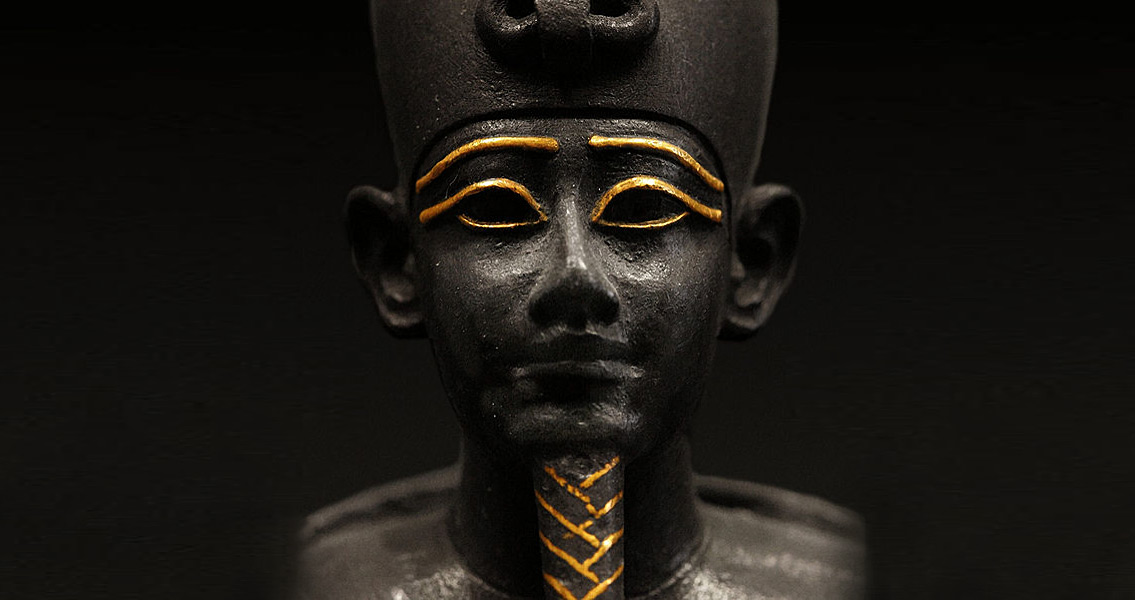<![CDATA[According to the Spanish news agency EFE, a Spanish-Italian archaeological and research team has discovered a massive replica of the ancient mythical Tomb of Osiris. The discovery was made in the Valley of the Nobles, a necropolis comprised of more than fifteen tombs of ancient Egyptian dignitaries and high officials on the West Bank of the Nile in Thebes, Egypt. The Egyptian Ministry of Antiquities allowed the Spanish-Italian team to go into the tomb and examine it. They found a carving of Osiris and a room with a wall of paintings depicting demons holding knives. Dr. Mar’a Milagros çlvarez Sosa told EFE, "the demons are there to protect the body of the deceased." Director of the Upper Egypt Antiquities Department Abdel-Hakim Karar stated, "The tomb was found inside the unfinished tomb of 'Kampp -327'. It is centered on a statue of Osiris who is depicted sitting in a chapel facing a staircase with a nine metre deep shaft connecting another room with another six-metre deep shaft." Researchers believe that the tomb complex dates back to around 700 BCE - the time of the twenty fifth Egyptian dynasty. "The symbolism of Osiris is very evident here, since all the elements recalling the mythical Osiris tomb are present", according to Luxor Times Magazine. A large staircase about three and half metres long with a ceiling about four metres high leads to the complex dedicated to Osiris. Another staircase of the same dimensions leads directly to the Osiris statue. The actual statue resides in an empty passageway, which is thought to symbolise a channel of water; the burial chamber beneath the statue is expected to contain a depiction of the deceased Osiris. The significance of this symbolic Tomb of Osiris lies within the story of the god himself. According to Egyptian mythology, the god of the Underworld (Osiris) was killed by the god of storms, disaster, disorder and violence, Set. Set then threw Osiris' body into a coffin and tossed it into the River Nile. Later, the Egyptian goddess Iris recovered his body. When Set found out, he tore Osiris' body into pieces and threw it back into the river. Iris again went to the river, gathered all of the pieces, and reassembled Osiris. This is the Osiris who traveled to the Underworld and became the God of the Dead. In the 1880s archaeologist Phillipe Virey first discovered a part of the tomb. Some efforts had been made to sketch the main structure in the twentieth century, but it wasn't until recently that the full excavation took place. Archaeologists plan on exploring and clearing more debris in the Fall of next year. ]]>
Symbolic Tomb of Osiris Found in the Valley of the Nobles
